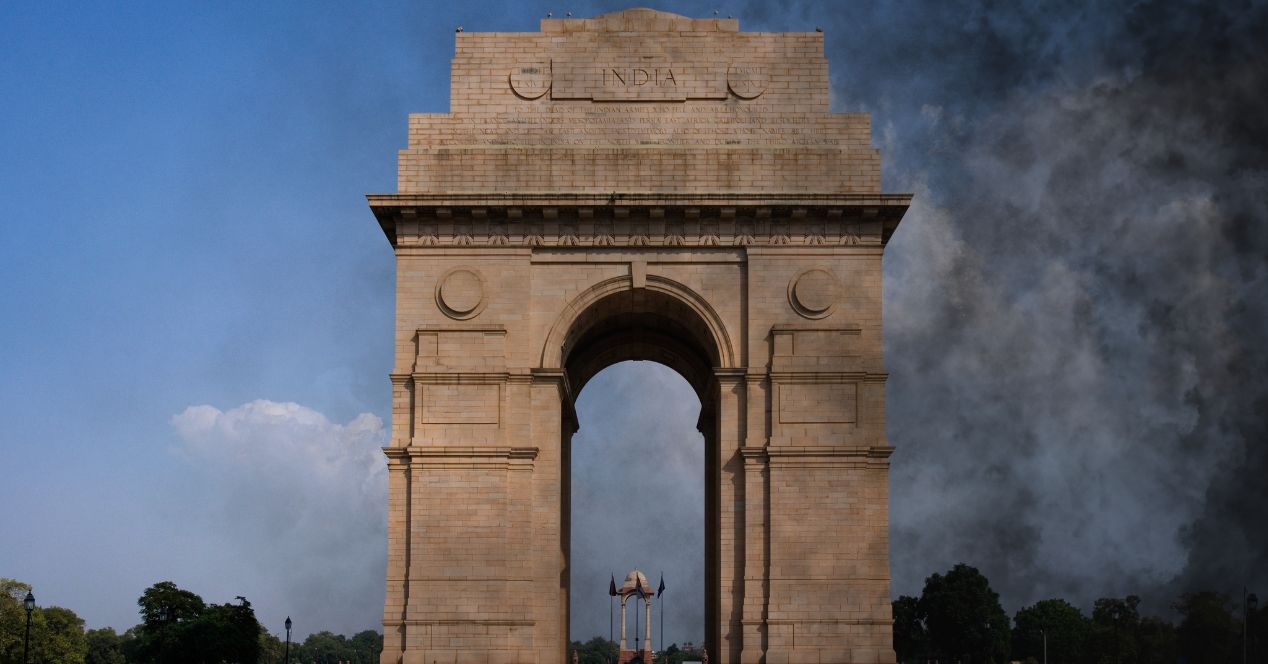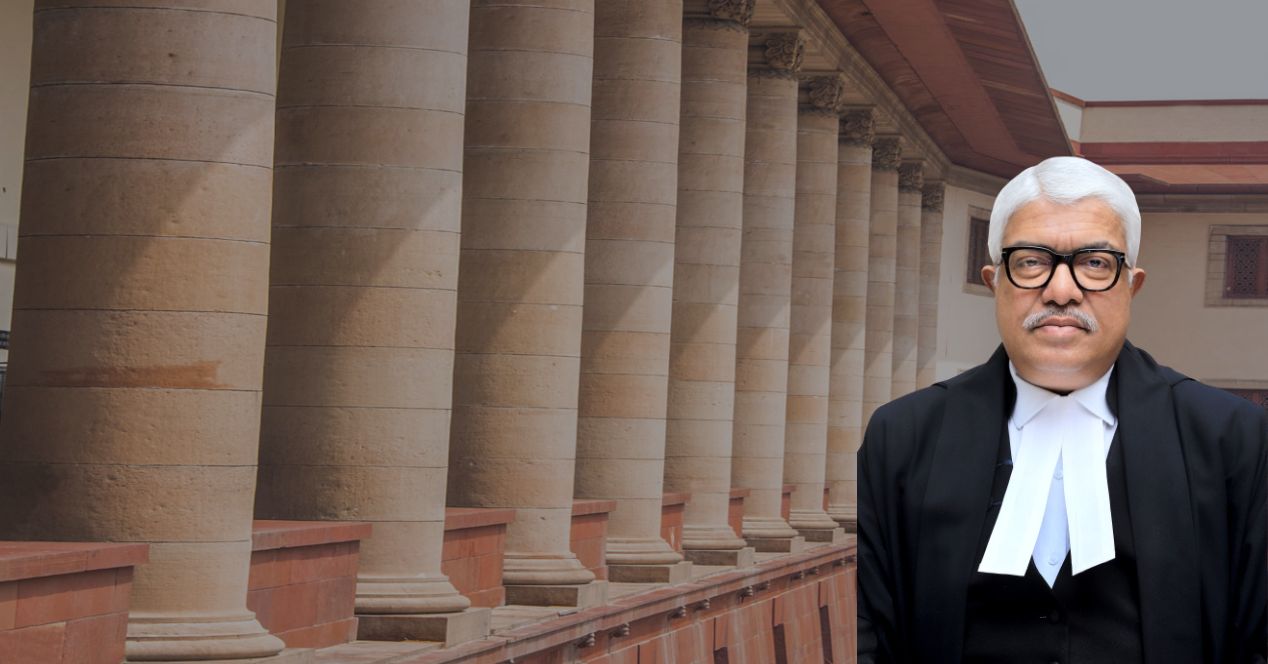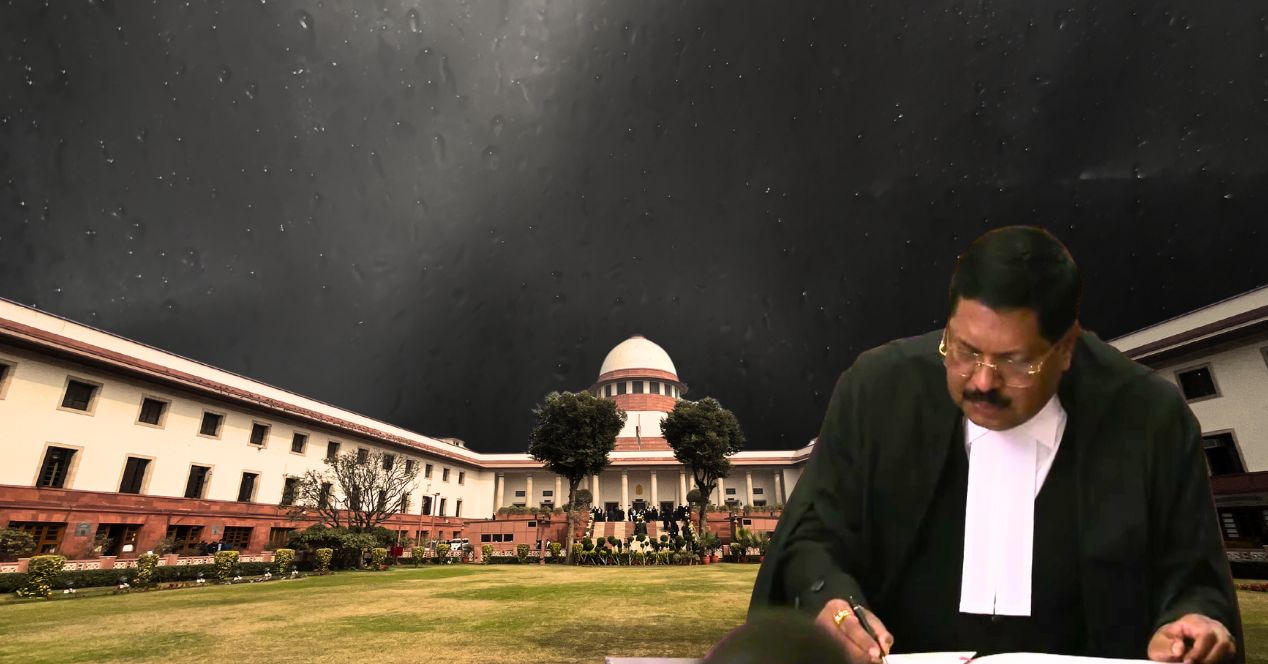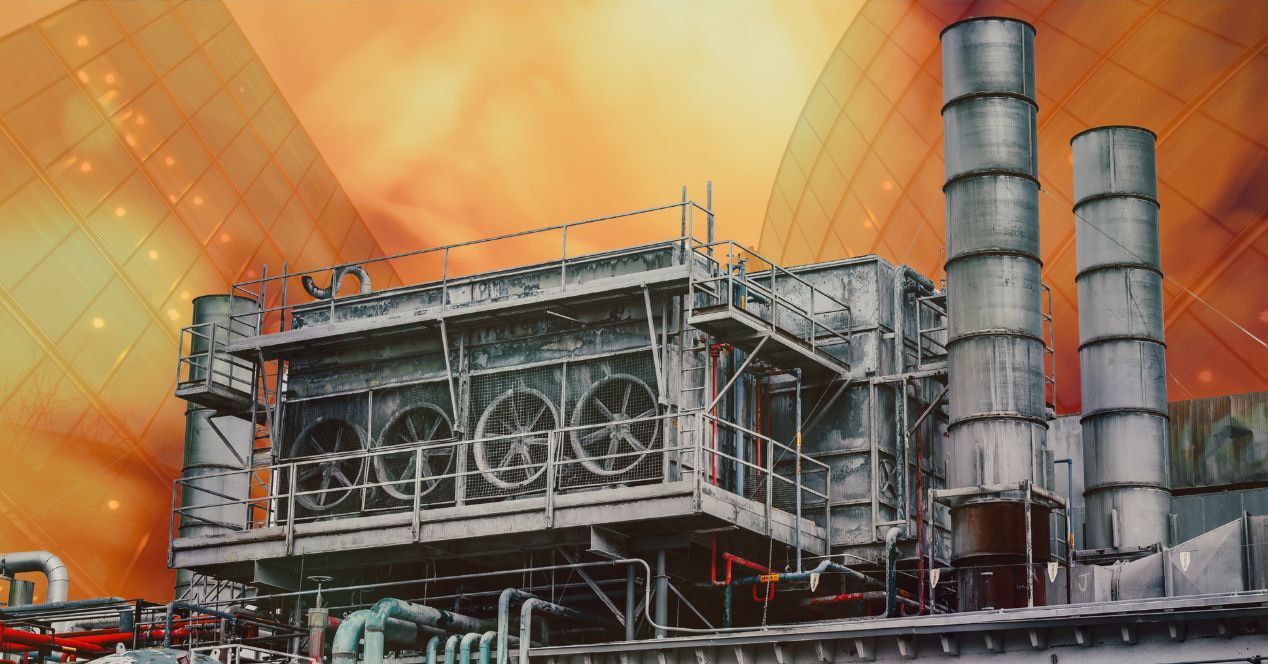Analysis
Personality rights: The law must not overprotect fame
A look at the spate of image-related cases filed by stars—through the prism of the rights to publicity, expression, privacy and livelihood
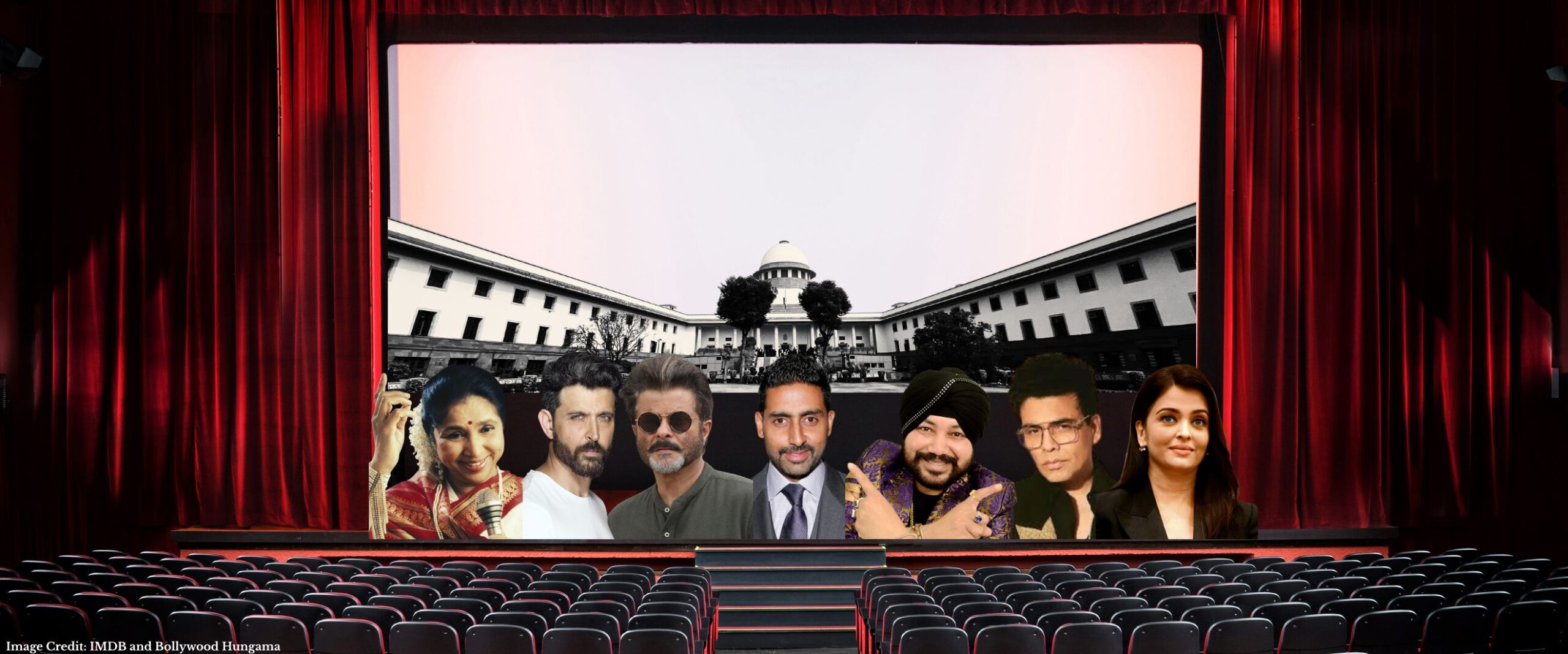
Daler Mehndi wants to prevent toy shops from making dolls that look like him. Abhishek Bachchan doesn’t want anyone interfering with his right to livelihood by selling t-shirts with his name and face. Anil Kapoor is annoyed with people using the catchphrase ‘Jhakaas’. Karan Johar doesn’t want his name being used in movie titles. Aishwarya Rai and Hrithik Roshan are going after technology that portrays them in unflattering contexts. Singers Arijit Singh and Asha Bhosle want to control sound-alike voices.
The list goes on, with Indian celebrities turning purple with any use of their name, image, voice or likeness. While the facts differ from case to case, a clear pattern is emerging—celebrities are increasingly objecting to the unauthorised use of their identity, whether for commercial exploitation or through AI-generated depictions.
But the recent litany of personality rights petitions has opened up several juicy questions. Will fan pages, parodies, books on current events or movie references now invite lawsuits? Can a celebrity really claim ‘loss of livelihood’ from a meme or from merchandise sales? What does it mean to be portrayed ‘in negative light’? Where does admiration, parody or reporting end and infringement begin?
Many answers are still unclear. Most of these decisions—with the Delhi and Bombay High Courts being the litigation theatres of choice—are poorly reasoned and delivered ex parte, reflecting the judicial impulse to protect celebrity interests without adequate engagement with constitutional values. In the absence of clear statutory guidance, courts have expanded ‘personality rights’ through interim injunctions that sidestep a full consideration of free speech, public interest and the public-record exception recognised in the Supreme Court’s decision in R. Rajagopal v State of Tamil Nadu (1994). To properly understand these rulings, we must situate them within the broader constitutional dialogue between the right to privacy and the freedom of expression.
The right to publicity
The broader right to publicity occupies a nebulous place in India. There is no standalone statutory right to publicity but recent cases suggest that there is a remedy in tort when commercial considerations are involved. The idea behind a ‘right to publicity’ is to allow famous people to control the commercialisation of their identity. At the same time, there is no standard for which aspects of identity can be protected nor are there any hard and fast rules around the duration of such protection. The bar to claim protection, however, is high—the person’s identity must possess a drawing power that gives it commercial value. In today’s social media age, persons with niche fame may not meet this standard.
Most celebrity petitioners that have filed these suits are bonafide superstars. They have taken three main lines of arguments. First is a claim of false endorsement and false advertising—they argue that the unauthorised use of their personal identity has resulted in the public being deceived into thinking that they have sponsored or endorsed the merchandise, audiovisual content, website or event. Second, the unauthorised use of their personal identity in unsavoury videos and pictures using AI tools (morphed pictures, deepfakes, GIFs etc.) has led to a dilution of their reputation by tarnishment. Third, such uses are violative of their right to privacy and their right to livelihood. In sum, the harm they seek to guard against can be said to cover misrepresentation, dilution by tarnishment and defamation.
Ironically, many of these claims—from privacy violations to loss of livelihood—come from celebrities whose livelihoods rest on being seen. The law of publicity, after all, operates within what scholars call the “economics of superstars,” where already dominant figures shape and promote legal rules that further entrench and enhance their market power.
The right to expression
Courts have consistently held that factual, informational and other communicative speech such as news reporting, books, commentary, parodies, satire and other non-commercial speech remain protected from publicity rights claims. In such cases, celebrities are not entitled to claim publicity rights but may take action for defamation. The Delhi High Court, which has been the preferred forum for many personality rights claims, has itself displayed sensitivity to the demands of free expression in the past.
In 2010, D.M Entertainment v Baby Gift House, it held that:
“In a free and democratic society, where every individual’s right to free speech is assured, the over emphasis on a famous person’s publicity rights can tend to chill the exercise of such invaluable democratic rights. […] If it were held otherwise, an entire genre of expression would be unavailable to the general public.”
In 2023, the Delhi High Court reiterated this view in Digital Collectibles v Galactus Funware Technology:
“….use of celebrity names, images for the purposes of lampooning, satire, parodies, art, scholarship, music, academics, news and other similar uses would be permissible as facets of the right of freedom of speech and expression under Article 19(1)(a) of the Constitution of India and would not fall foul to the tort of infringement of the right of publicity.”
In 2024, while recognising actor Jackie Shroff’s proprietary interest in his persona, the Delhi High Court did not grant a blanket injunction covering all defendants in every situation (Jaikishan Saraf v Peppy Stores). For instance, it didn’t grant interim relief against a YouTuber who had produced a ‘Thug Life’ edit based on clips of Shroff. It noted that the portrayal did not “introduce any falsehoods but rather embellished the existing public perception of Mr. Shroff as a formidable and commendable figure.” The Court said it would like to hear a response from the YouTuber before commenting on the issues. It explained its logic as follows:
“More critically, it would set a precedent that stifles freedom of expression, potentially deterring the public from exercising their right to free speech due to fear of legal repercussions. […] This court considers it essential to balance the legitimate interests of Def No 5 in artistic and economic expression against the plaintiff’s rights to personality, publicity and moral integrity.”
The Delhi High Court, and even the Supreme Court, have weighed in favour of freedom of speech when the expression has been in the form of critical commentary. Much of the jurisprudence in this context has been in the arena of trademark rights rather than personality rights, but these cases are instructive in the way they balance private rights against a broader public interest.
In Tata Sons v Greenpeace International (2011), for instance, the Delhi High Court refused to grant an injunction in favour of the corporate plaintiff, accepting the non-profit’s argument that its actions served a public interest. The case arose from a Pac-Man-style computer game launched by Greenpeace, in which the Tata logo was depicted as ‘eating up’ the endangered Olive Ridley turtle. The Bench agreed that the game’s purpose was to raise awareness about the environmental impact of the Dhamra Port project in Odisha, in which the Tata Group was a partner.
In Bata India Ltd v Prakash Jha Productions (2012), the Supreme Court allowed the producers of a film to retain a song that critically referenced the shoe company’s name to make a point about rising inflation, and the widening gap between the ‘haves’ and ‘have nots’ of society. The Court did direct the makers to insert a disclaimer that made it clear that the names taken were only by way of example (‘Birla’, ‘Tata’, ‘Ambani’ were the other corporate houses mentioned in the track).
These precedents may make it appear like courts ought to have a settled position on the defamation aspect, but the spate of recent cases in the High Courts indicate that application remains uncertain. Benches in the recent cases acknowledge that defamation—and not mere use of a celebrity’s image—is the only legitimate ground for restraint but they have nevertheless enabled celebrities to block third parties from creating GIFs (even parodic ones) or using AI tools to depict the stars in a so-called “negative” light.
What constitutes “negative” remains undefined. While certain uses, such as obscene or pornographic depictions, may be “negative”, the boundaries beyond that can be vague. Most orders do not clearly discuss the context of use and no consistent or objective standard has yet emerged. In such a situation, there’s a good chance that anything that offends a famous person could get a hearing in court. This is worrying because most content creators and small businesses cannot afford to defend themselves. They may feel pushed into a corner and then simply take down their content, creating a chilling effect on speech and expression.
The right to privacy
In R. Rajagopal v State of Tamil Nadu (1994), the Supreme Court had laid down principles related to publicity rights and the right to privacy. The general rule is that every citizen has a right to safeguard their privacy. This is a broad right that includes personal and private information including information about family, marriage, motherhood, education and other matters. No one is allowed to publish such personal or private information without consent. Also, any use of such information for advertising would be violative of the person’s right to privacy.
However, the general rule comes with an exception—information that forms part of the public record may be published or commented on. This creates a tension in relation to public figures, where the boundary between private life and public interest is often porous.
The recent High Court cases have extended the privacy principles to the realm of personality rights, acknowledging that a person’s name, image, voice or likeness cannot be commercially exploited without consent. Yet, the contours of this right remain unsettled. Many aspects of a celebrity’s persona already exist in the public domain, and therefore, the use of publicly available material—particularly in contexts that are neither obscene, misleading nor defamatory—could, in principle, fall within the bounds of lawful use.
The right to livelihood
Some of the celebrities have claimed a loss of livelihood due to the unauthorised use of their image or likeness. The basis for this claim is mysterious. For one, we are hardly dealing with struggling artists whose daily bread depends on mug royalties. If anything, these petitions are more likely to dent the livelihoods of those selling the merchandise.
Besides, the public has long lived in happy coexistence with unofficial celebrity merchandise. Most of us instinctively know that the Hrithik Roshan poster in our hostel room or the Anil Kapoor mug on our desk is not ‘official’. The High Court cases, notably, suggest little evidence of misrepresentation, confusion or diversion of trade.
Of course, if a celebrity is falsely shown to endorse a product, event or website, that is another matter entirely—such instances may well be actionable. But the standards remain blurred. Should courts ask whether there will likely be confusion among the audience targeted by the celebrity’s own commercial ventures? Or should it ask whether the defendant acted in bad faith to mislead the public? None of these factors seem to have received serious judicial attention so far.
A definitive resolution for some of these questions may arrive when one of the personality rights cases reaches the Supreme Court on appeal. As courts continue to navigate this terrain, one hopes that they remember that the law’s role is not to overprotect fame but to protect it from misuse.
Aparajita Lath is an intellectual property lawyer and founder of Lath Law (aparajita@lathlaw.com). She was previously Assistant Professor at the National Law School of India University, Bangalore. All views expressed here are personal.

